Dorset
Portland |
|
|
|
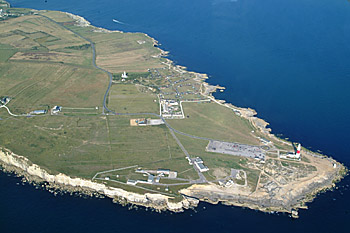
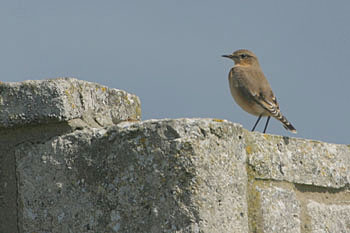
|
Christchurch Harbour |
|
|
Christchurch Harbour is found where the Rivers Avon and Stour meet the sea, and has a variety of habitats, including Stanpit Marsh and Hengistbury Head. According to CHOG (Christchurch Harbour Ornithological Group), over 300 species of birds have been recorded here. Stanpit Marsh is an area of marsh and pasture with muddy creeks, reedbeds, gorse scrub and pools. This area can be good for migrant waders, ducks, gulls and terns. Rarities seen here have included Temminck's Stint, Kentish Plover, Black Kite, Terek Sandpiper, Little Crake, Pacific Golden Plover, Spotted Sandpiper and Elegant Tern. Hengistbury Head is on the southern side of the Harbour, and has areas of rough grassland, pasture, scrub and reedbeds at the bottom and open heathland on top of the hill. The harbour shore consists of muddy creeks and saltmarsh, and on the seaward side is shingle and sandy beach areas.This site is good for migrants and also seawatching. Birds of note recorded here include Red-footed Falcon, Dotterel, Sabine's Gull, Alpine Swift, Red-rumped Swallow, Fan-tailed Warbler, Radde's, Dusky and Western Bonelli's Warblers, Common Rosefinch, Northern Parula, Red-eyed Vireo, Bobolink and Pallid Swift. |
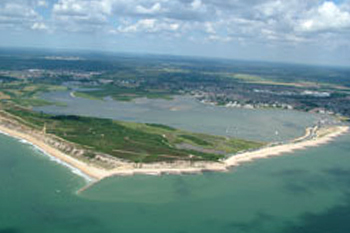 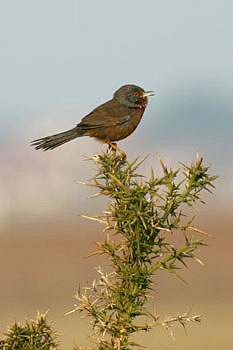 |
Purbeck & Studland |
|
|
Among the latter, our favourite is Durlston Head CP, where migrating birds, excellent botany and stunning landscape mix. Durlston gets almost as many rare migrant birds as Portland (probably!), but observer coverage is much lower. Major falls of passerines and large hirundine movements are quite common. Guillemots breed on the cliffs, and many seabirds pass by, along with a small but resident population of Bottle-nosed Dolphins. Botanically, the highlight is undoubtedly Early Spider Orchid, best seen in late April and early May, plus numerous Green-winged and Early Purple Orchids, Cowslips and Adder's-tongue Fern. Adders themselves are common, too! Studland Nature Reserve lies at the mouth of Poole Harbour, and has a wide range of habitats, including open heathland, bog, woodland, sand dunes and long, sandy beaches. The area is well known for dragonflies and butterflies, and is especially notable for having all six British reptiles present. Birding is most productive in the winter months for wildfowl, ducks, grebes and divers. One can find good numbers of Red-breasted Merganzers, some Eider, Goldeneye, Long-tailed Duck, Common Scoter and the occasional Velvet Scoter and Black Guillemot. Slavonian and Black-necked Grebes overwinter here, particularly in Studland and Shell Bays, along with Great-crested Grebes and odd Red-necked Grebes. Great Northern and Black-throated Divers can also be found, with Red-throated Diver occurring in most years. Scaup, Smew, Goosander and even Bewick's Swans have been seen at Little Sea. Look out also for winter raptors, Great Grey Shrike and Snow Bunting. Rarities seen here include Lesser Scaup, Spoonbill, Melodious and Yellow-browed Warblers, Pied-billed Grebe, American Robin, American Wigeon and Little and Alpine Swifts.
|
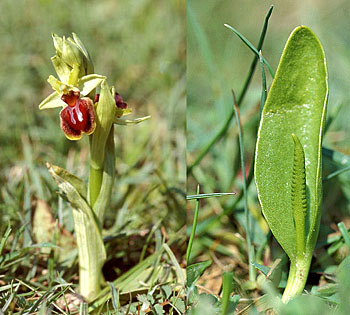 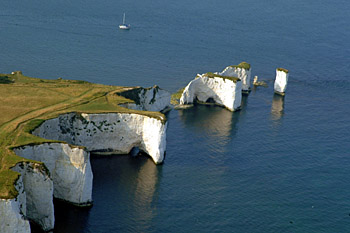  |